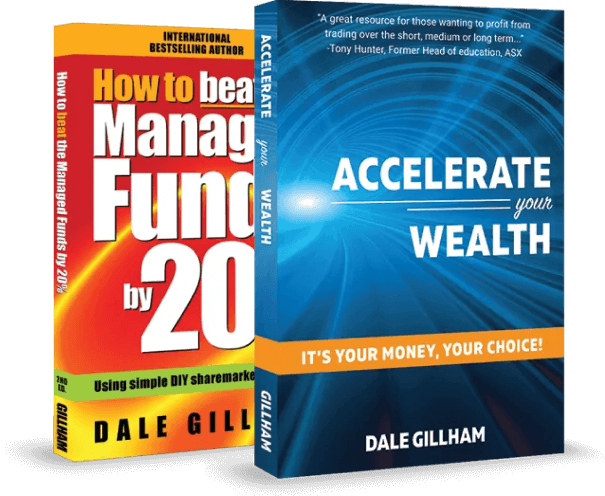Google 20 for 1 Stock Split: Is it Time to Buy?

By Dale Gillham
Tech sectors around the world have been in the news of late, as the stock prices of many major technology companies have been falling. The big news this week is that Google’s parent company, Alphabet, has announced a 20 for 1 stock split, as they wanted to make the share price more affordable to the masses.
What does it really mean when a stock splits?
On the surface, this may appear as though Google are being nice to retail investors but don’t be fooled. If you own XYZ Company and the stock is trading at $10 and it does a 4 for 1 split, then you have four shares at $2.50, which means the value you own remains the same, as you still own $10 worth of shares. What Alphabet are betting on, however, is that retail investors mistakenly look at the stock’s price and think it’s cheap given that it is currently trading around $2,861 per share (as of writing) and, therefore, buy it to take the price higher.
This is because following the 20 for 1 stock split each Alphabet share will be worth around $143, although, once again, the value to the shareholder remains the same, they now just own more shares. Interestingly, around nine trading days ago Alphabet fell over 15 per cent from its high on 19 November 2021 but following the announcement of the stock split, it quickly reversed and traded back above the high. So, in essence, Alphabet achieved exactly what it wanted, a higher stock price.
It is common for investors to only look at the price of a share to determine if it is cheap or expensive, which is a flawed approach, but it does explain why so many speculate on penny dreadful stocks only to lose. The fact is that when the stock split on Alphabet occurs, the value of the shares will remain the same as they did the day prior. To really assess the value of a stock, you need to look at what the company is worth and then compare it to the current share price because a $0.10 cent stock is very expensive if it is only worth $0.01 and a $100 stock is very cheap if it is worth $200. Something to keep in mind before purchasing the next penny dreadful.
What were the best and worst performing sectors last week?
The best performing sectors last week included Energy up 4.93 per cent followed by Utilities up 4.40 per cent and Consumer Discretionary up 3.65 per cent. The worst performing sectors included Consumer Staples up 0.97 per cent followed by Financials up 0.98 per cent and Information Technology up 1.05 per cent.
The best performers in the S&P/ASX top 100 stocks included QBE Insurance up 9.99 per cent followed by Qantas up 9.73 per cent and Fortescue Metals up 9.72 per cent. The worst performing stocks included Ansell down 16.84 per cent followed by Brambles down 3.44 per cent and Reece down 1.81 per cent.
What's next for the Australian share market?
After falling 11.62 per cent between 5 and 27 January, the All Ordinaries Index was much more positive last week rising 2.07 per cent. So, is the down move over or can we expect more downside? The answer to this question is currently unconfirmed given that a few days of trading in any direction is not confirmation that a new trend is unfolding, which unfortunately is when investors tend to jump into stocks or markets too early only to get burnt.
While the stock market did trade down very close to my target level for the fall, my position is to always err on the side of caution and assume that there are further falls to come. I say this because markets and stocks will always move in the opposite direction to the prevailing trend for short periods of time.
Given this, I still believe it is possible that the All Ordinaries Index could fall below 7,000 points and may fall to as low as 6,800 points over the next few weeks. That said, investors should be getting excited, as I believe once we can confirm the low our market will perform very well this year.
For now, good luck and good trading.
Dale Gillham is Chief Analyst at Wealth Within and international bestselling author of How to Beat the Managed Funds by 20%. He is also author of the award winning book Accelerate Your Wealth—It’s Your Money, Your Choice, which is available in all good book stores and online.






